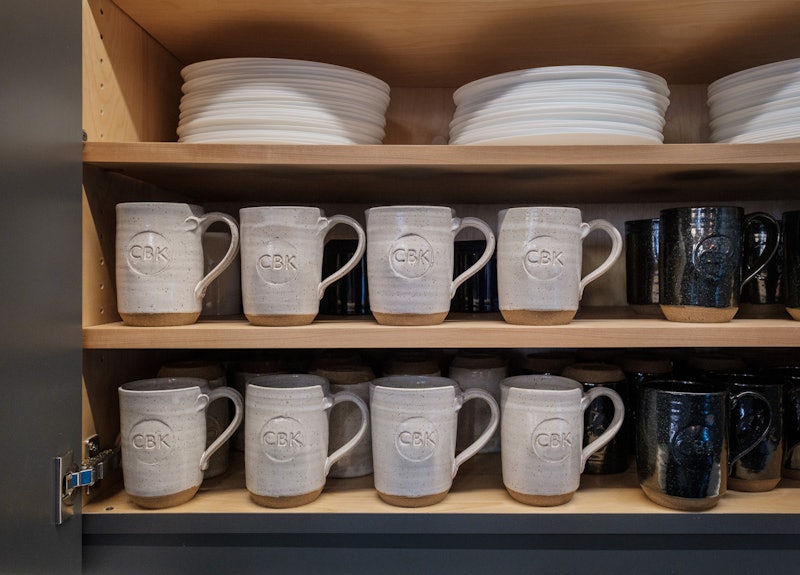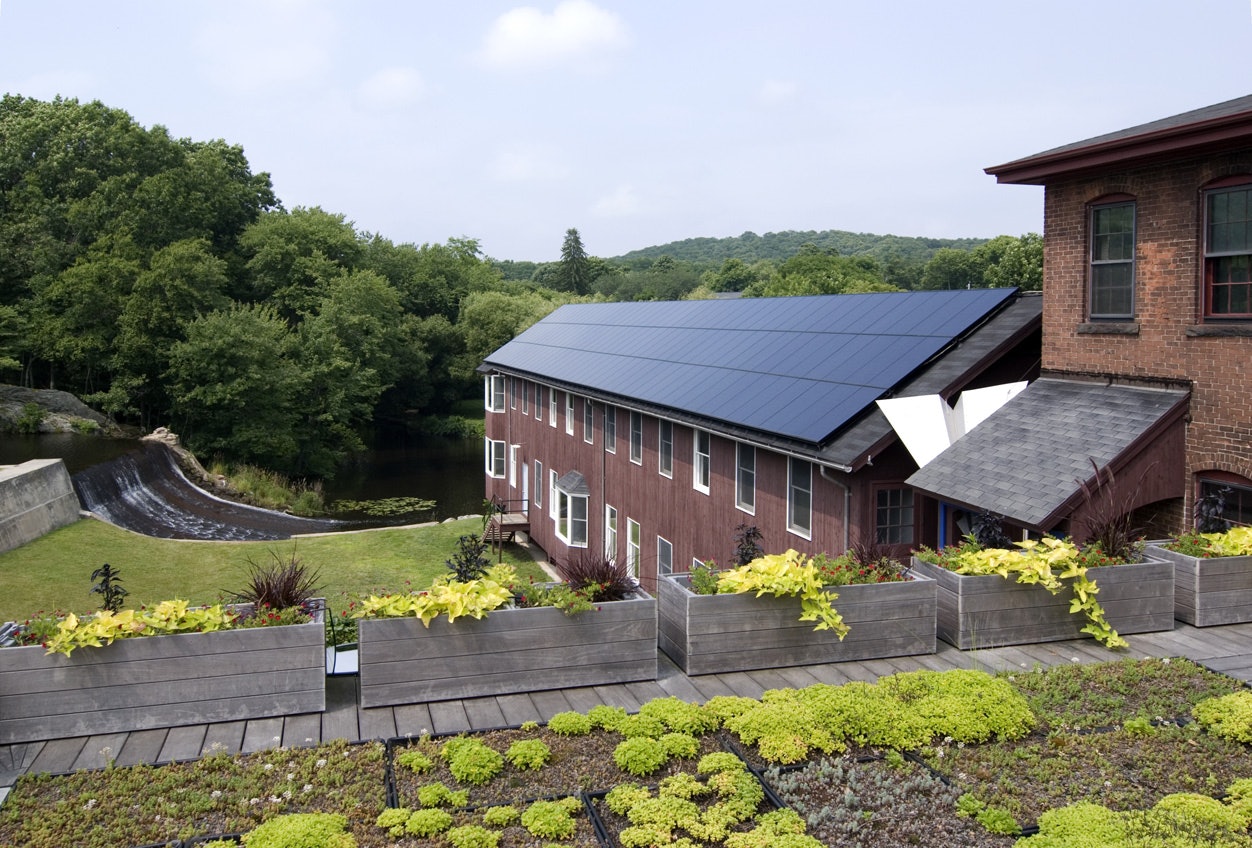Earth Day Every Day
At Centerbrook, we’re celebrating (at a safe social distance!) the 50th anniversary of the first Earth Day. While it may be better known as the beginning of a nationwide movement to rein in pollution and protect wildlife, Earth Day also helped to propel green architecture into the mainstream.
Centerbrook, itself celebrating a 50-year milestone this year, has a green building portfolio dating back nearly as far, from passive solar houses to recently-completed and technologically-advanced green buildings. See more on our Sustainability page.
This year, we are stepping up our commitment with a new Sustainability Action Plan, which we plan to unveil in future sustainability update posts. But here is a sneak peek:
Revamping our Energy, Daylight, and Water Modeling Workflow & Reporting
This March, we reported energy use estimates for our active 2019 projects to the 2030 Challenge, an initiative sponsored by the American Institute of Architects that aims to promote net-zero-carbon buildings by 2030, through increased efficiency and the use of renewable energy. We reached our goal of energy modeling 100% of our projects this year thanks to our collaboration with cove.tool, a cloud-based platform that’s making it easy for us to analyze daylighting, energy, and water usage throughout the design process. (header photo: cove.tool in action)
Our initial models suggest that this year’s designs are set to achieve a 51.6% energy use reduction from baseline. By 2030, we hope that number will be 100%!
Besides integrating energy modeling at every phase of design, we are also piloting Honeybee and Ladybug, a more advanced suite of open-source climate, energy, and daylight analysis tools, to quickly assess the environmental impacts of design decisions. We recently used these tools to optimize a skylight design in a northern climate. (above diagram from Ladybug).
Office as Lab: Indoor Environmental Quality
Building on a tradition of using our repurposed factory as a laboratory for sustainable technology, from pond-source cooling to green roofs, we recently deployed an office-wide sensor network to measure air, light, and sound quality in real time. Working with academic partners, we will visualize this data on a live office dashboard that will be a prototype for similar systems in future projects. The data will help us design healthier spaces and find ways to test and commission future buildings. The image below shows designer Ben Mayne programming a sensor prototype in our office; the green light indicates a good CO2 level.


Reducing Our Campus Footprint
Saving resources starts locally. We utilize renewable energy production, and are proud that we generated over 50% of our energy from our solar panels and water turbine in May and June of 2019. This year, we have phased out single-use plastic and paper products, thanks to our new dishwasher and handmade mugs. We are also in the process of building a backyard compost bin to process peels, shells, coffee grounds, and paper towels. Stay tuned for updates.
Green Education and Professional Development
Building on Centerbrook’s history as a place for lively collaboration and learning, we’re bringing experts on energy modeling, biophilic design, green rating systems, and more into the office (virtually, for the time being…) to help us become better designers.
Working together with our clients, we are excited for the next 50 years of Earth Days and next 50 years of greener and greener Centerbrook projects!
We're using cookies to deliver you the best user experience. Learn More



